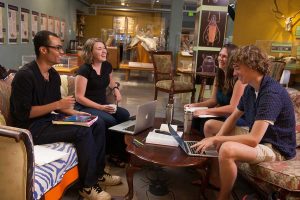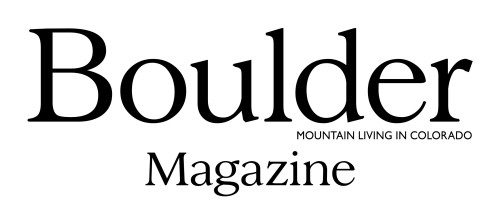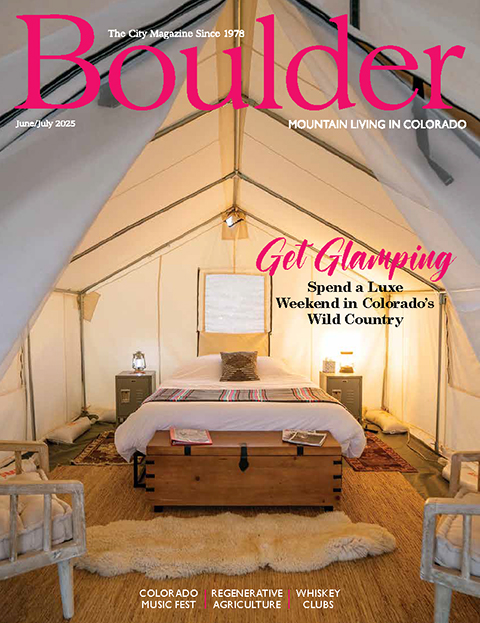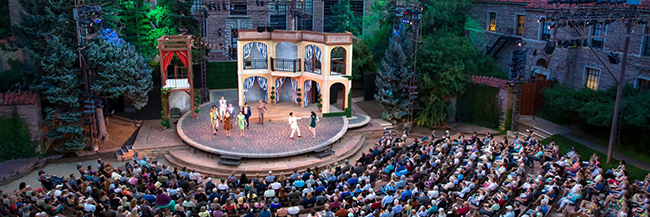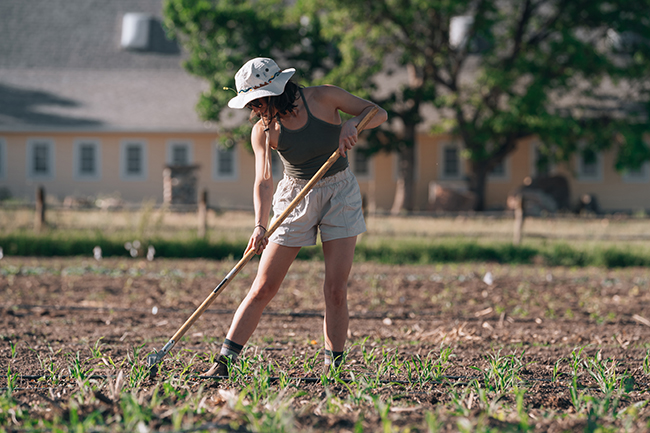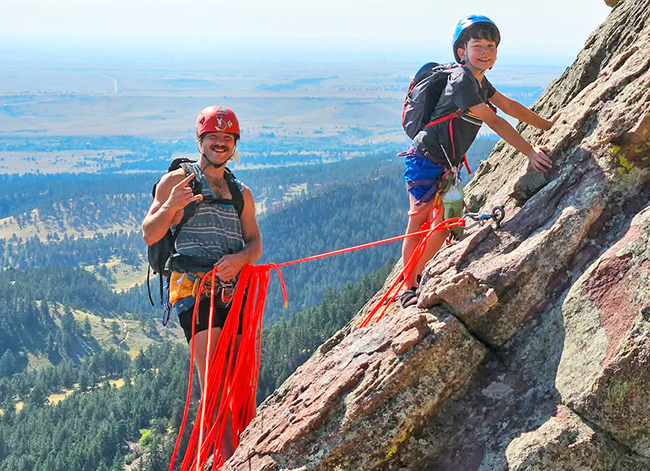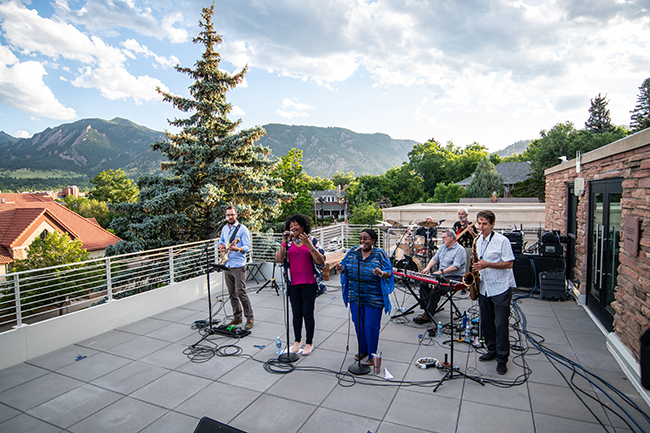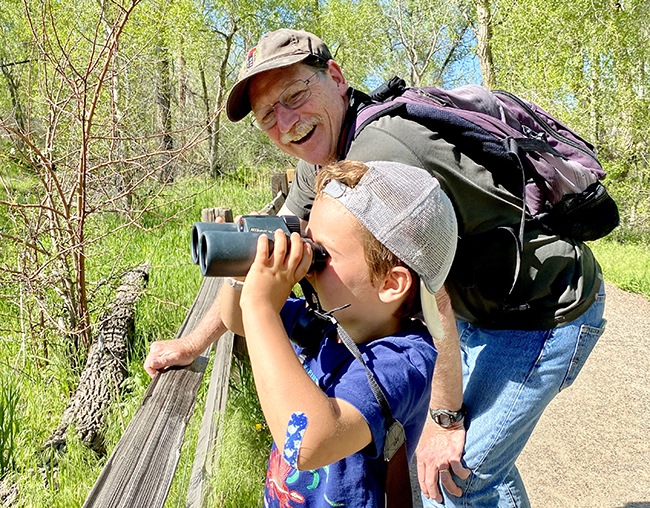World-class CU Museum of Natural History Grew from Humble Roots
24 May 2017
Natural history collection is the region’s largest
By Ruthanne Johnson To peruse the exhibits in CU’s Museum of Natural History, on campus at 15th and Broadway in Boulder, you’d never guess the museum’s humble beginnings. Within its stunning exterior—built from local pink sandstone and topped with a deep red, Tuscan-style roof—exhibit halls highlight collections that reflect the university’s departments of ecology and evolutionary biology, geological sciences and anthropology. The exhibits rotate regularly, some staying a year or more, others for just a few months.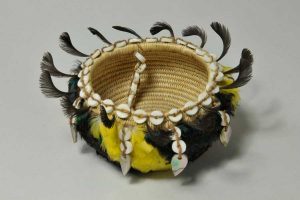
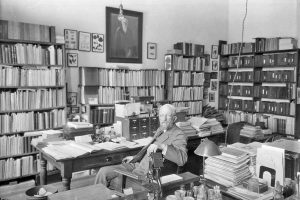
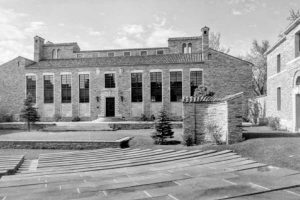
(photo courtesy CU Museum of Natural History)
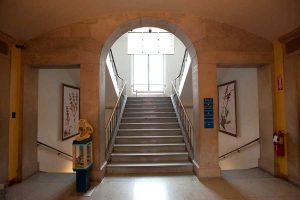
(photo courtesy CU Museum of Natural History)
5 Million Things to Share
Over the decades, the museum has evolved from simply collecting, counting and holding things to researching and understanding them. The collection has grown to nearly 5 million artifacts and specimens, and is touted as the largest natural history collection in the Rocky Mountains, representing five disciplines: anthropology, botany, entomology, paleontology and zoology. The museum now offers exhibits, lectures, classes, and “citizen science” and other events geared toward public education and sharing its treasures with the community. In 2003, the museum was accredited by the American Association of Museums, an achievement earned by less than 5 percent of U.S. museums. Collections include the world's oldest documented Navajo textile, and another that was used by explorer John Wesley Powell; dozens of ancient stone tools uncovered right here in Boulder (called the Mahaffey Cache); and Colorado's largest collection of native bees. Museum staff conduct ongoing research using the extensive collections, such as understanding ancient native peoples and how warming temperatures affect the state’s flora and fauna. “The native bee collection,” Kociolek says, “brought the realization that we have this many bee species right here in Colorado and each one has a significant purpose. It laid a baseline of information that allows us to understand and plan for the natural world, and conserve if we need to.”